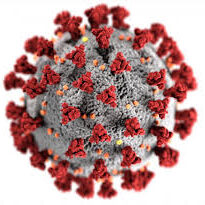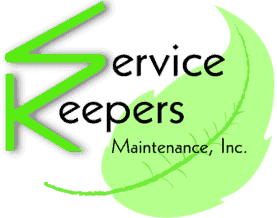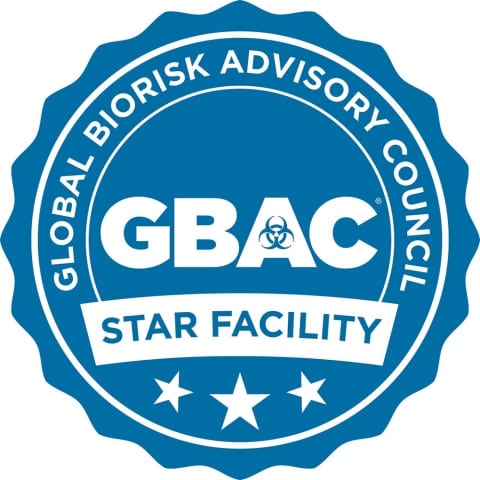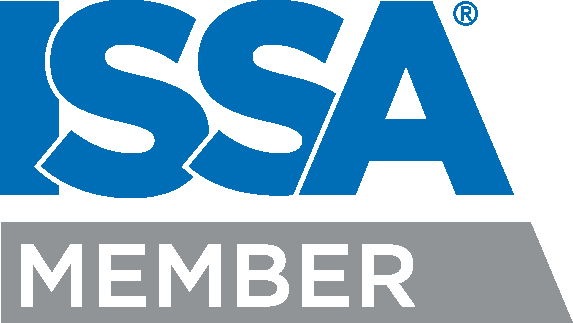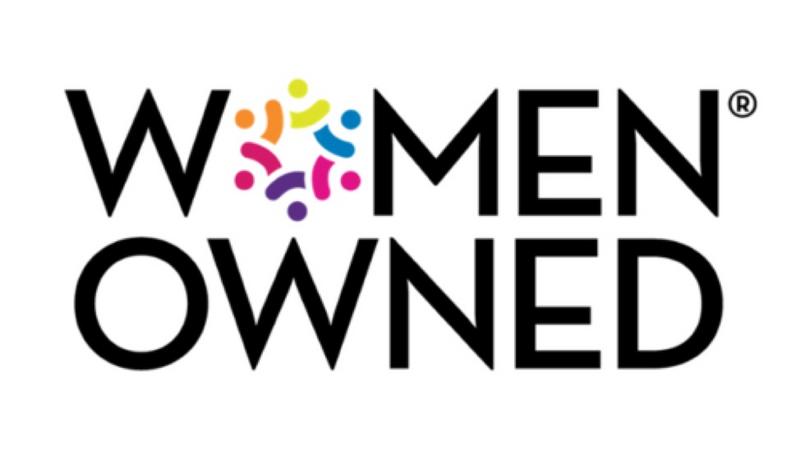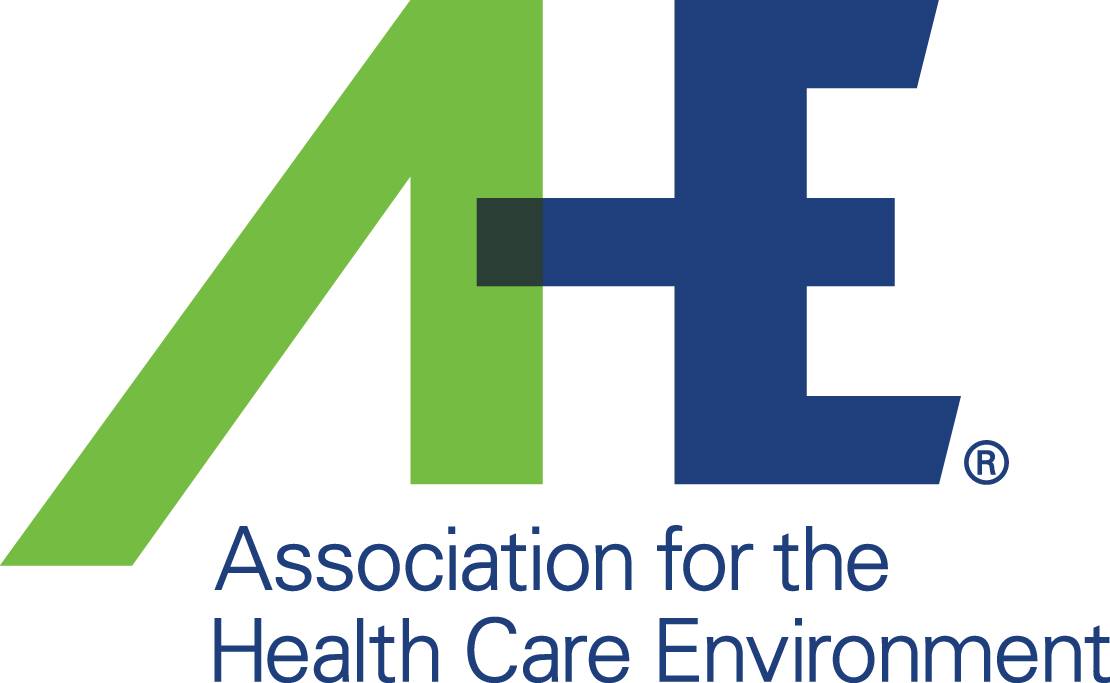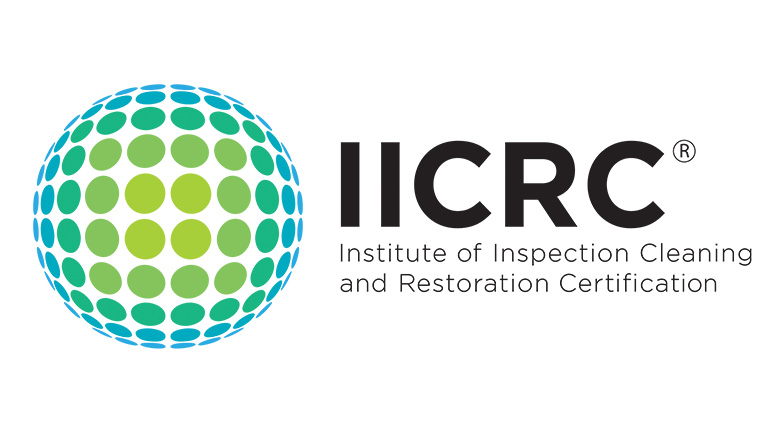Are Disinfectants Failing Us Just When We Need Them the Most?
We need effective disinfectants now more than ever.
As this graph indicates, the number of COVID-19 cases in the United States dropped significantly in June 2020. This led many to believe the COVID crisis was behind us, and life could resume as before.

However, July had some unfortunate surprises, and we have had even more bad news as the weather has turned cooler.
The latest surge, which has brought more than 140,000 daily new cases to the United States, has reinforced the need to do whatever we can to slow the spread of infection. How best to do this, however, has been under discussion for months.
As expected, disinfectants are the first choice for many cleaning professionals tasked with fighting disease. But in the time of COVID, these chemicals—and the ways they have been used—may be failing us far more than we realize.
Here is How Disinfectants May be Failing Us
Not knowing the process.
Disinfectants are complicated products. For instance, most have specific dilution requirements. Some are designed to kill different types of pathogens. Some are now on the N-List, which means they are proven to kill the pathogens that cause COVID, while others are not.
Dwell or contact time—how long the disinfectant must stay wet on a surface before being removed—varies among the different products. Although most products require surfaces to be cleaned before applying the disinfectant, some disinfectant solutions do clean and disinfect in one step.
For cleaning professionals to use these products correctly, they must be taught. COVID has proven that ongoing education on cleaning in general, and on disinfecting in particular, is crucial. Our aim at Service Keepers is to clean for health. We know this is a journey; there is no end point.
Not following the process.
Most of the time, for a disinfectant to be effective, surfaces must be cleaned first and then disinfected. The dwell time must be adhered to, and should the disinfectant dry, the entire process must be started again.
However, how many cleaning professionals follow these steps? A two-step process takes time, and time is of the essence in professional cleaning. The result: Very often, surfaces are not adequately disinfected to protect health and stop infections.
The process is failing us.
Even when all these steps are followed and cleaning professionals clean and disinfect surfaces properly, these freshly cleaned and disinfected surfaces can be re-contaminated with germs and bacteria in seconds. According to a study in the Journal of Intensive Care, even after cleaning, “surfaces in a [hospital] patient zone are rapidly contaminated by microorganisms … due to high-frequency interactions between health workers’ hands and high-touch surfaces.”
What happens in a hospital can also occur in a school, an office building, or virtually any other facility where people mingle.
How Service Keepers Has Addressed this Disinfectants Challenge
To address this situation, we are turning to a variety of advanced technologies that effectively clean and disinfect surfaces. This includes the use of electrostatic spraying systems. With the pandemic, this is proving to be the right machine at the right time.
This technology has the ability to reach all sides of surfaces, many of which cannot be cleaned manually, eliminating pathogens that can harm human health. Further, the protection they offer is quick and efficient. We now use this technology at many of the facilities we clean and maintain. The result is that our clients can rest assured, knowing we are taking every precaution to protect the health of building users, their businesses, and their communities.
To learn more, please get in touch today. We’re Service Keepers and we’re here for you.
- Russotto, Vincenzo, et al. “Bacterial contamination of inanimate surfaces and equipment in the intensive care unit.” Journal of Intensive Care, Dec. 10, 2015.
